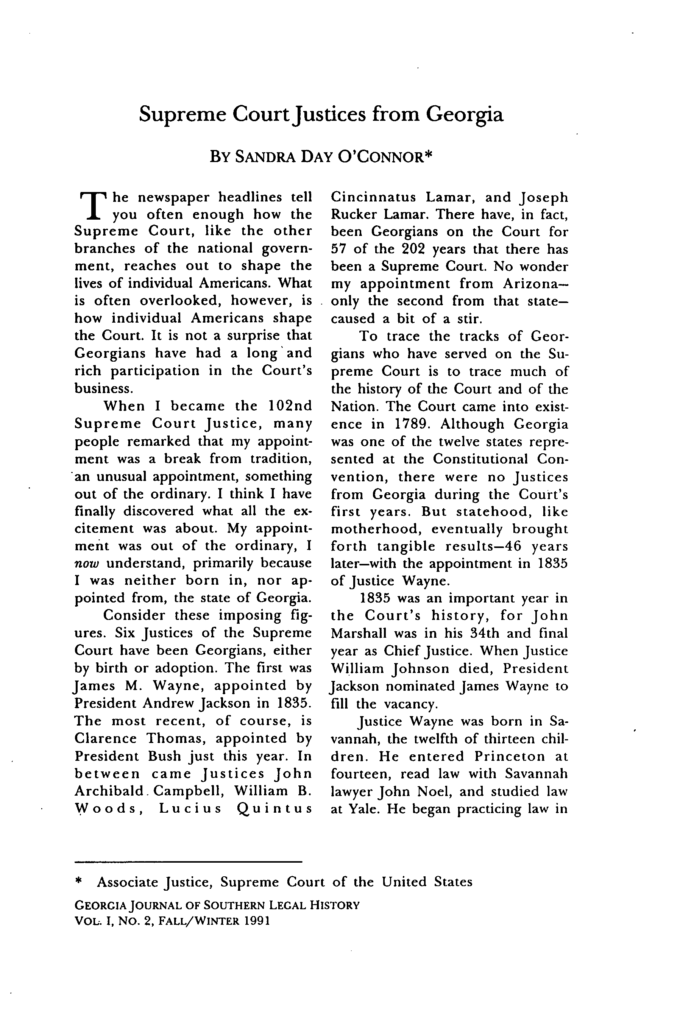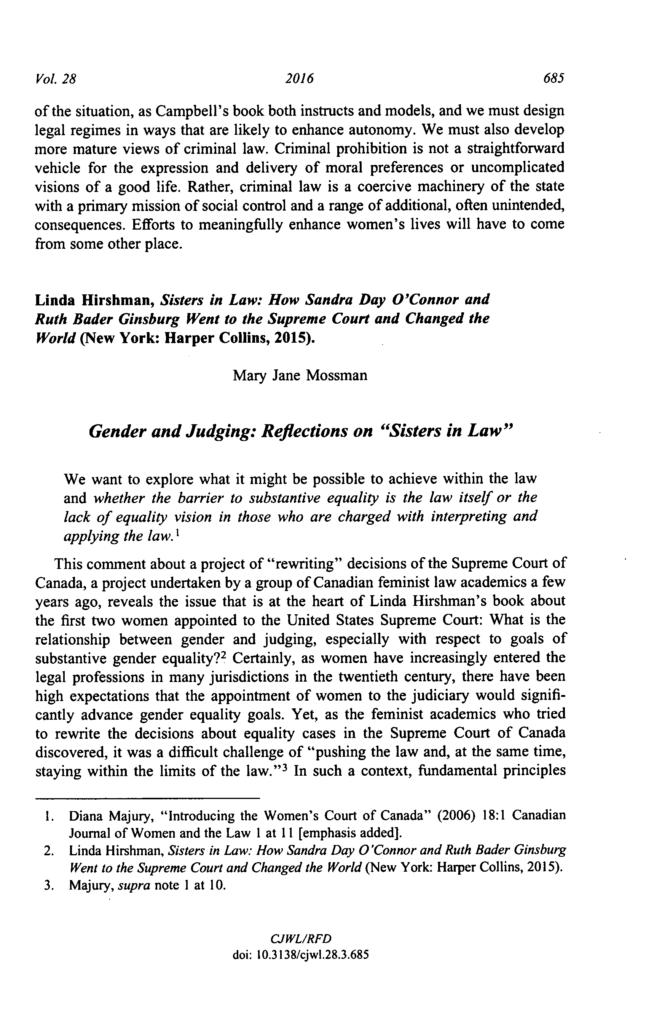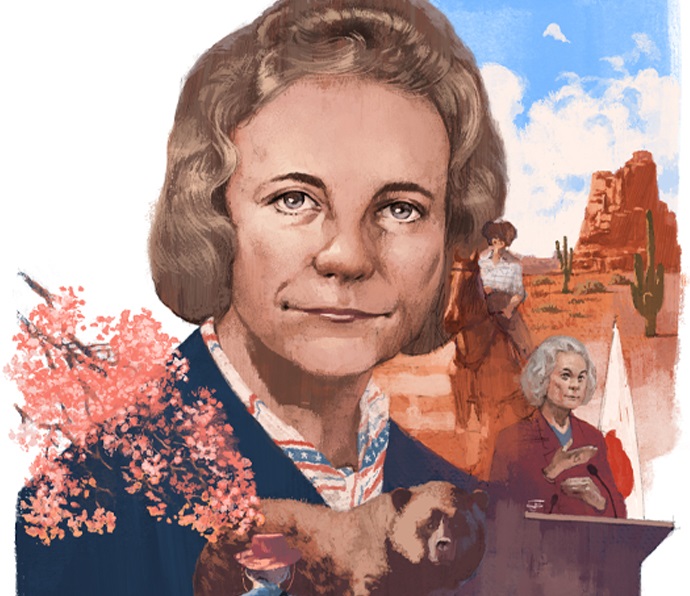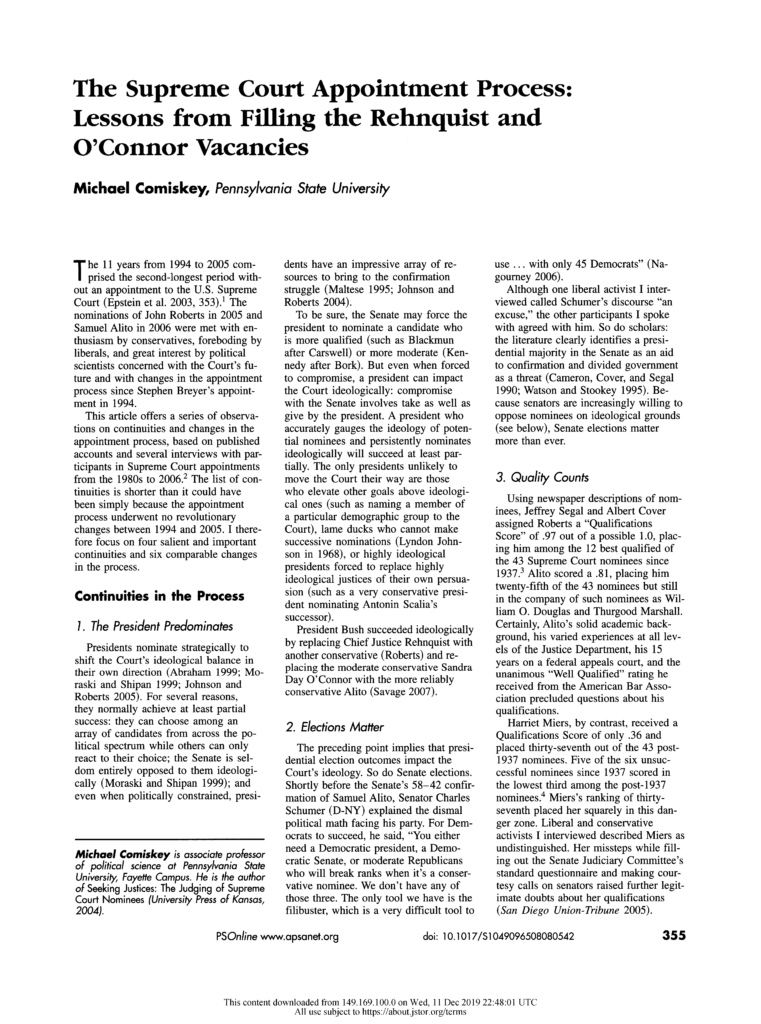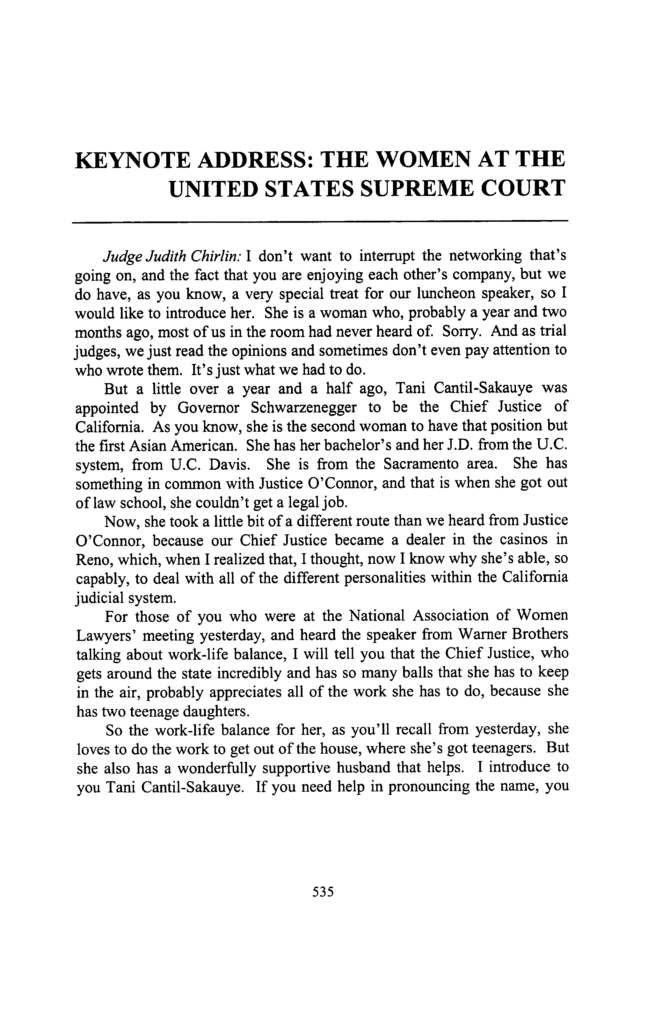Habeas Corpus and Judicial Federalism: Some Thoughts on Finality, Comity, and Error Correction
SANDRA DAY O’CONNOR
Habeas Corpus and Judicial Federalism: Some Thoughts on Finality, Comity, and Error Correction
Unlike most other nations of the world, the United States has chosen to administer justice through a dual system of state and federal courts. There is an inevitable tension inherent in our ”indestructible union of indestructible states.” 1 The balancing of state and federal interests within the federal system is never static but requires constant and flexible accommodation of the often conflicting interests. In Younger v. Harris (1971), Justice Hugo Black described the essence of what he called ”Our Federalism”:
The concept does not mean blind deference to ”States’ Rights ‘ any more than it means centralization of control over every important issue in our national government and its courts. The framers rejected both these courses. What the concept does represent is a system in which there is sensitivity to the legitimate interests of both state and national Governments, and in which the national government, anxious though it may be to vindicate and protect federal rights and federal interests, always endeavors to do so in ways that will not unduly interfere with the legitimate activities of the States.
Any realistic picture of judicial federalism must acknowledge the primary role of the states in our federal system of government. The federal government is one of specified, enumerated powers; all powers not given to the federal government in the Constitution are given to the states and to the people. The generalized police power, that critical governmental authority

